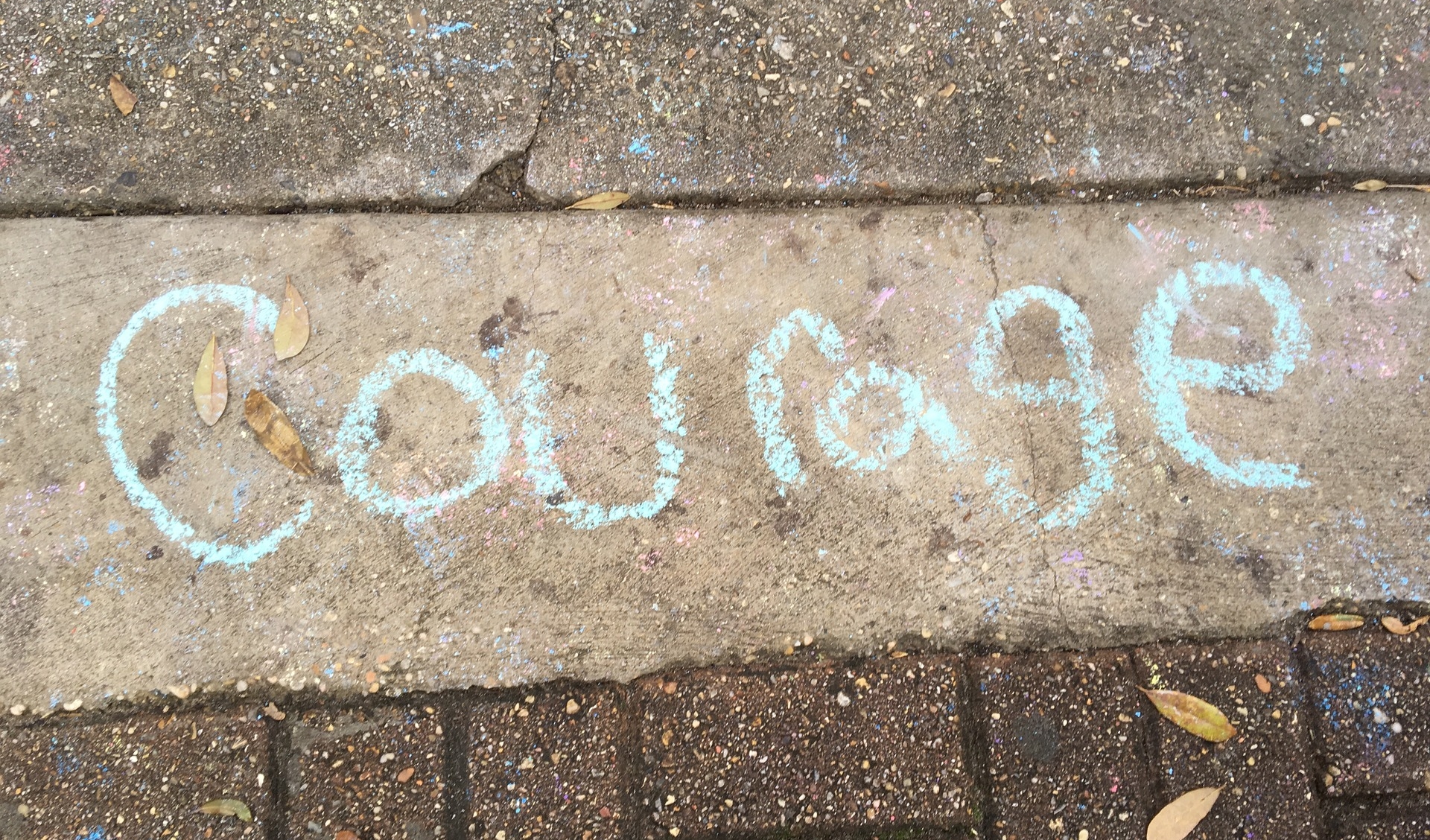Leadership is not someone else’s problem. In this article, I propose that the responsibility belongs to each of us. The future depends on how we model the skills and attributes of effective leadership.
In a recent article, Paul Myers asked, “Do We Know How to Lead?” He posed five key questions about leadership.
- How do you prioritize your emotional function?
- How do you thrive in a crisis?
- How about radical innovation?
- Are you equipped for defining moments in conflict?
- Do you know your followers?
Do we have the answers to these questions?
Yes.
Do we see these characteristics exhibited by our leaders?
Sometimes, but far too often, we do not.
Positional leadership gets most of the attention. What if we looked at how we lead in our families, communities, and workplace?
Where and when do we learn how to lead? The skills necessary to respond to Paul’s questions begin way before you venture out into the world as an adult.
Parents, coaches, neighbors, and teachers model what leadership looks like. Children watch and listen. Sometimes the lessons are overtly taught. At an early age, those lessons on emotional function and how to deal with conflict occur in the home or a classroom.
What lessons are you teaching the young people in your sphere of influence? Do you know how to lead?
What We Know About Leadership
I’ve read many books on leadership since college and throughout my life. My view of leadership has evolved.
I have soaked in the philosophies and perspectives of many people including, but not limited to Peter Drucker, W. Edwards Deming, John Maxwell, Simon Sinek, Seth Godin, Stephen Covey, Jon Kotter, Jim Collins, Ed Catmull, Dr. Seuss, and all the leaders who crossed my path and modeled the essence of leadership.
Do we know how to lead? I would say, yes, we do. The hard question is, “Are you willing to do the work to become a daring leader?”
We know everything there is to know, and then some, about how great leaders maneuver through crisis and conflict. Examples of the strategies and pathways to tackle disruptive change and innovate for the future teach us how to tackle the unknown. As I look back on all the leaders I’ve studied, good and bad, I cannot believe that we do not know enough.
The most critical question remains.
Are you willing to do what it takes to grow into a daring leader?
Defining Leadership
Almost every management or business book offers “the definition” of leadership. You may have your favorite. Lolly Daskal curated 100 Answers to the Question: What Is Leadership. At one time, I culled leadership down to a simple statement, “someone I choose to follow.”
Simple, yes. But, those five words fail to describe the values and characteristics that drive my choice about whom to follow. When I picked up Brené Brown’s most recent book, Dare to Lead, I found a definition that aligns with my purpose and values.
“Anyone who takes responsibility for finding the potential in people and processes and has the courage to develop that potential.”
Daring Leadership
For over 20 years, Brené Brown has studied courage, vulnerability, shame, and empathy. She makes no bones about her Texas roots. Brené speaks and writes with a voice that cuts to the chase and gets real—every time.
To get serious about leading in these uncertain and divisive times, we need courageous leaders. The position, the degree, the experience, mean nothing if we—all of us—are not willing to create a courageous culture. All the knowledge we possess will not change the world.
In Brené’s words, we “need more leaders who are committed to courageous, wholehearted leadership and who are self-aware enough to lead from their hearts, rather than unevolved leaders who lead from hurt and fear.”
Dare to Lead emerged from her interviews with senior leaders from a variety of sectors. She posed this one question to all of them:
“What, if anything, about the way people are leading today, needs to change in order for leaders to be successful in a complex, rapidly changing environment where we’re faced with seemingly intractable challenges and an insatiable demand for innovation?”
The Answer: We need braver leaders and more courageous cultures.
When Brené asked why to their response, she heard many answers. As she listened and recorded what she heard, Brené identified ten behaviors and cultural issues. These common problems stymie leaders around the world.
Ten Behaviors and Cultural Issues
- Avoiding tough conversations. We avoid honest feedback. Leaders attributed this behavior to many issues including lack of courage or skill. What became clear was how lack of clarity, pervasive distrust, and other problematic communication behaviors contributed to the avoidance.
- Spending an unreasonable amount of time managing problematic behaviors.
- Eroding trust caused by a lack of connection and empathy.
- Failing to take smart risks. People fear to create and share bold ideas. They miss opportunities to meet changing demands and the insatiable need for innovation.
- Getting stuck and defined by setbacks, disappointments, and failures. Valuable time and effort get sucked away reassuring individuals of their value.
- Shaming and blaming and not enough accountability.
- Opting out of vital conversations about diversity and inclusivity. We take the easy way out and avoid those hard conversations.
- Rushing to ineffective or unsustainable solutions. Teams fail to grapple with problem identification and the root cause. As a result, they put out fires and put in place solutions that further exacerbate the issue.
- Operating with gauzy organizational values. Until you clearly define the behaviors then teach, measure, and evaluate them, values have little impact.
- Leaning into perfectionism and fear, which keeps people from learning and growing.
I have seen and lived every one of these ten behaviors. You may have stories and painful memories. Deep wounds confirm how these issues thwart leaders’ ability to act with courage.
Brené and her team unpacked four “specific courage-building skill sets” to address these problems. I strongly recommend learning more about these four skills in Dare to Lead. Brené will challenge you and engage you in a difficult conversation. And do it with a bit of Texas flair.
The Heart of Daring Leadership
You can’t get to courage without rumbling with vulnerability. Embrace the suck. You can’t forget that Brené has spent her professional life studying vulnerability. To lead with courage, you must acknowledge a deep human truth. “Courage and fear are not mutually exclusive. Most of us feel brave and afraid at the exact same time.”
Brené uses the word rumble to describe “a discussion, conversation, or meeting, defined by a commitment to lean into vulnerability, to stay curious and generous, to stick with the messy middle of problem identification and solving, to take a break and circle back when necessary, to be fearless in owning our parts…and to listen with the same passion with which we want to be heard.”
You don’t come into the world with these skills for courage. They can be taught, observed, and measured.
Rumbling with Vulnerability
Living into Our Values
Braving Trust
Learning to Rise
Self-awareness and self-love matter. Who we are is how we lead. As Brené explains, the key obstacle of daring leadership is how we respond to fear. When we live in fear, we “armor-up.” Our armor becomes our defense against fear. Bullying is armor. Aggression is armor. Timidity and avoidance can become armor. We look for ways to protect ourselves from fear and shame. So, we armor up to protect ourselves from shame and vulnerability.
Courage is contagious. To scale daring leadership and build courage in teams and organizations, we have to cultivate a culture in which brave work, tough conversations, and whole hearts are the expectation, and armor is not necessary or rewarded. Connection to those you lead is non-negotiable.
“Given the reality of the world we live in today, that means leaders—you and I—must create and hold spaces that rise to a higher standard of behavior than what we experience in the news, on TV, and in the streets.”
In Conclusion
Are you willing to be brave?
The challenges we face belong to each of us, and we all contribute to daring leadership and courageous cultures. What about the future? What kind of leaders will our children emulate?
You may say to me, there’s nothing new here. Yes. I will return to an earlier question: Are you willing to become a daring leader?
We no longer have the luxury of hiding behind excuses. Complaining that we can’t do anything to change the world wastes time and energy.
You can change yourself. You can learn how to embrace courage in your home, community, and workplace. Our children need you to model and teach the skillsets for courage.
Each of us can make a difference one courageous act at a time.
“Leadership is not about titles or the corner office. It’s about the willingness to step up, put yourself out there, and lean into courage. The world is desperate for braver leaders. It’s time for all of us to step up.”
—Brené Brown
References
Brown, Dare to Lead, (New York: Random House, 2018).
Brown, Dare to Lead Hub
Thank you, Paul, for posing the question. We do know how to lead, but our future depends on our willingness to act with courage.
Other Relevant Articles
Great Leaders: Are There Any Out There?
Managing Through Mental Models Is the Best Secret



Leave A Comment